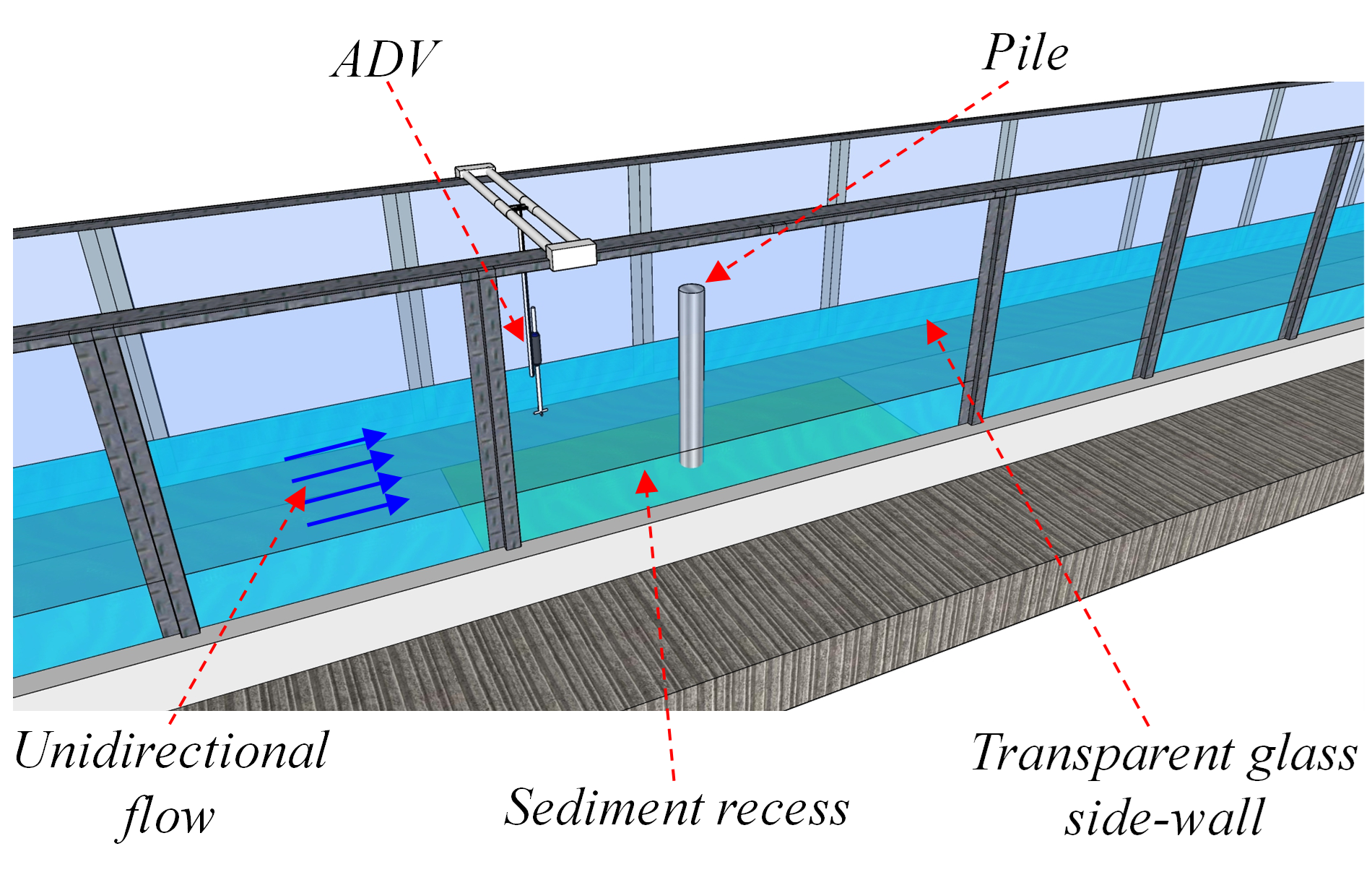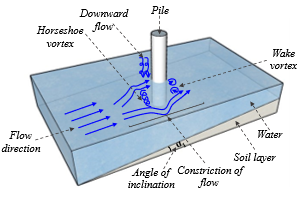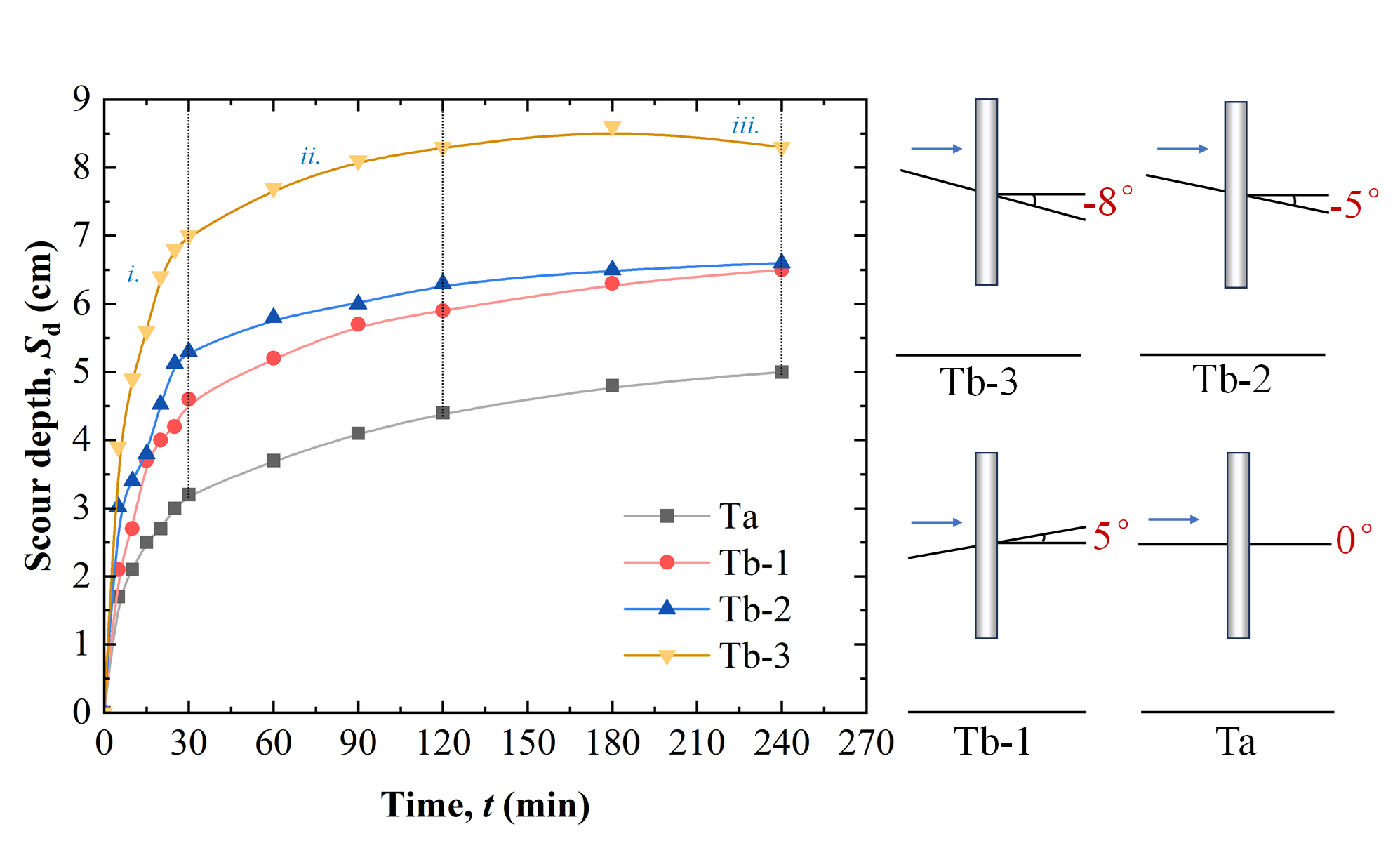Newsletter Volume 10, Issue 2 June 2025
Young Member Column
Engineering Resilience Across Borders: A Journey from Rural Sierra Leone to Coastal Structure Research in China
Engineering Resilience Across Borders: A Journey from Rural Sierra Leone to Coastal Structure Research in China
Barrie Abubakarr
Master student, Tongji University
Master student, Tongji University

1. Journey to studying in China
I am Abubakarr Barrie from Sierra Leone, a West African nation, where I began my academic journey at Murialdo Secondary School in the rural town of Lunsar. My passion for engineering was ignited by a strong interest in the sciences and a deep-seated desire to contribute to my country’s infrastructural development. In 2016, I sat for the West African Senior School Certificate Examination (W.A.S.S.C.E.), a regional exam taken across five countries. Despite limited educational resources, I achieved outstanding results, which were initially withheld by the examination council due to skepticism over the performance of a candidate from a rural background. Challenging this bias, I was invited to Freetown to defend my results, where I successfully demonstrated the legitimacy of my academic performance. After nearly a year of rigorous scrutiny, my results were officially released, reaffirming the presence of academic excellence beyond urban centers and solidifying my determination to pursue a career in civil engineering.
2. First year in China
A few weeks after the release of my W.A.S.S.C.E. results, I was honored with a government-sponsored scholarship from the Republic of Sierra Leone to pursue a Bachelor’s degree in Civil Engineering in the People’s Republic of China. Despite the challenges I had faced, I remained resolute and optimistic about succeeding academically and contributing meaningfully to my new environment. I arrived in China in the fall of 2017, where I encountered both cultural shock and the extreme climate of northeastern China. As the undergraduate program was delivered in Mandarin, I first undertook intensive Chinese language training for one year at Northeast Normal University (NENU) in Changchun. During this preparatory year, I overcame language barriers and actively participated in cultural activities, winning both first and second prizes in the university’s Chinese Reading and Calligraphy competition. I successfully completed the program with a Chinese Proficiency Level 4 certification.
3. Undergraduate Studies in Harbin: Academic and Personal Growth
In September 2018, I commenced my undergraduate studies at Harbin Engineering University, where I built a solid foundation in core civil engineering subjects such as structural mechanics, concrete and steel structure design, and architectural drafting. I also acquired technical proficiency in engineering software tools, including AutoCAD, Revit, and Structural Mechanics Solver. Complementing my academic achievements are my strong leadership and communication skills, which I cultivated through active participation in student governance and campus initiatives. From 2020 to 2021, I served as Vice President for Sports and Recreation in the Harbin Engineering University International Students’ Union. In this role, I led efforts to enhance the student experience by organizing diverse recreational activities—including soccer, volleyball, badminton, table tennis, and billiards, for international students from across the globe. My leadership extended to the sports field, where I also served as captain of the university’s soccer team. In 2021, I was honored with the "Three Good Student" award in recognition of my academic excellence, exemplary conduct, and active involvement in campus activities. This was followed by the “Outstanding Graduate” award in 2022. Upon the successful completion of my undergraduate degree, I was once again recognized for my performance and awarded the Chinese Government Scholarship to pursue a master’s degree at Tongji University.
4. Graduate Study Experience at Tongji University
Beginning my master’s program at Tongji University, I immersed myself in academic coursework and foundational literature relevant to my field. In my second year, I shifted focus toward deepening my research capabilities, guided by a pragmatic and goal-oriented approach. Under the mentorship of my supervisor, I successfully authored and published a research article in an SCI-indexed journal ranked in the JCR Q1 category, marking a significant milestone in my research career.
Beyond academics, I have always believed in the importance of holistic development and community engagement. Drawing upon my prior experiences, I assumed the role of Football Manager within the International Student Association (ISA) at Tongji University. Together with my team, we organized regular training sessions to encourage international student participation in extracurricular activities. In June 2024, with the support of the International Student Office, we successfully hosted a futsal tournament that brought together 73 international students from diverse cultural backgrounds, united through their shared passion for football. Additionally, I served as a student assistant at the International Student Office, providing academic, social, and administrative support to fellow international students, thereby ensuring their smooth transition and integration into university life. Photo 1 depicts my alma mater in Sierra Leone, Murialdo Secondary School, a home of excellence, an academy of elites and change makers. Photo 2 shows a visit to the Shenyang Imperial Palace of my early days in China, a historical site that reflects China's rich heritage. Photo 3 captures my team and me officiating a volleyball tournament among International Students at Harbin Engineering University, showing sports and academic collaboration. Photo 4 celebrates Tongji University’s victory as champions of the 2024 Inter-University Football Competition.
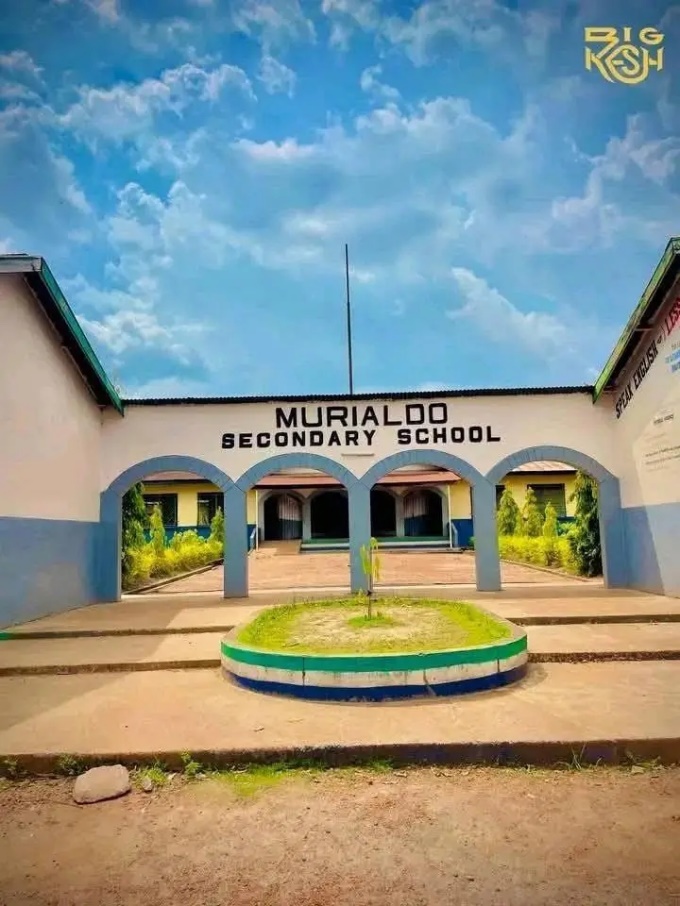 |
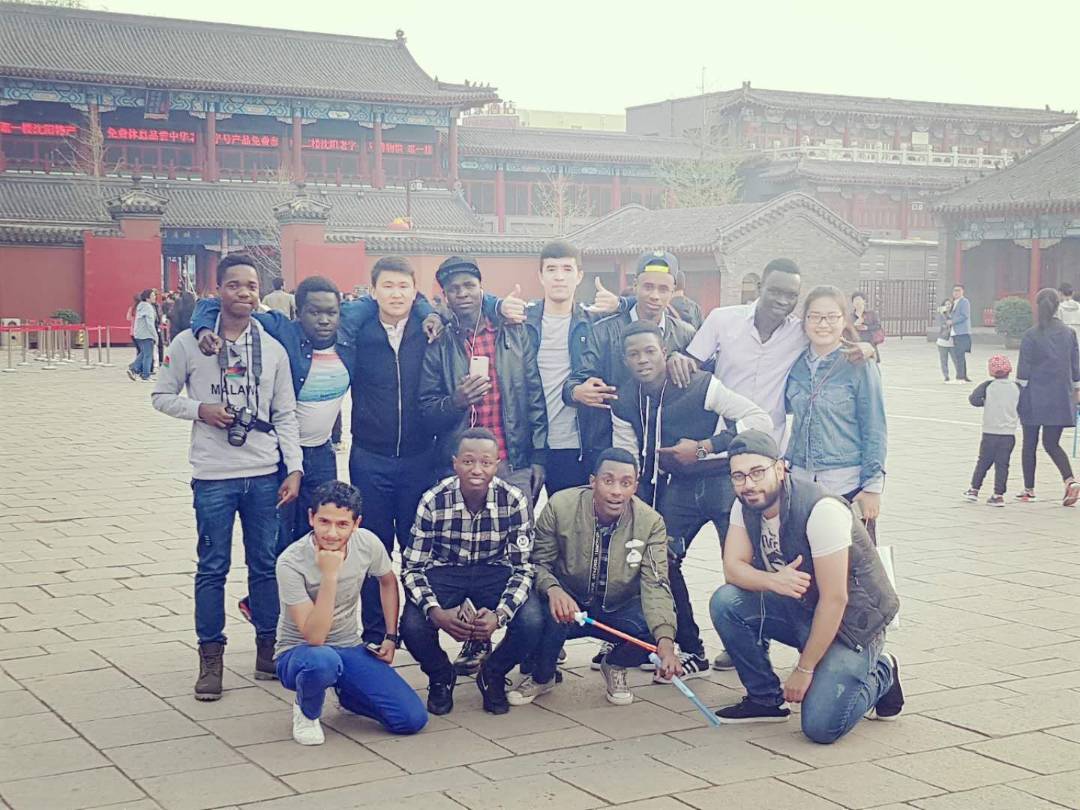 |
| Photo 1 Secondary School Alma mater in Sierra Leone | Photo 2 Visit to Shenyang Imperial Palace |
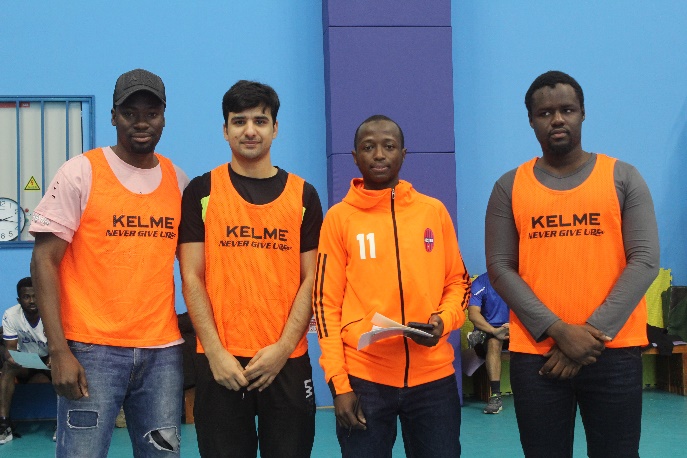 |
 |
| Photo 3 Officiating a volleyball tournament in Harbin Engineering University | Photo 4 Tongji University-Champions of 2024 Inter-University Football Competition |
5. Engaging in Research: Academic Involvement and Contributions
Building upon my academic foundation, I gradually directed my focus toward addressing real-world engineering challenges through research. This shift was driven by a growing interest in structural resilience, particularly in coastal environmental conditions, and a desire to contribute meaningful insights to the civil engineering discipline. With the rapid expansion of offshore infrastructure, such as cross-sea bridges, offshore wind farms, and port terminals, ensuring the safety and stability of these structures is critical. Located in complex marine environments, offshore structures are subjected to challenges, particularly the dynamics of water flow. For sea-crossing bridges with pile foundations, local scour significantly impacts foundation stability by weakening load-bearing capacity and deformation resistance, potentially leading to catastrophic failure.
To better understand the complex interaction between hydrodynamic forces and sediment transport around pile foundations, controlled flume experiments were carried out. The experiments were conducted at Tongji University in a flume apparatus with a length of 50 m, width of 0.8 m, and height of 1.2 m. As depicted in Fig. 1 (a), the flume's bottom was constructed from reinforced concrete, and its sidewalls were framed with steel and embedded with 20 mm thick transparent glass panels. These transparent panels facilitated real-time visual monitoring of the local scouring process around the pile. The test section received a unidirectional flow generated from one end of the flume and was terminated at the opposite end with an energy dissipation beach, comprising wire grids, nets, and bagged rocks, to minimize flow reflection. In the central segment of the flume, a sediment recess (0.8 m wide × 2.7 m long × 1.0 m deep) was filled with uniform, non-cohesive sediment of median particle diameter d₅₀ = 0.15 mm. A cylindrical pile model was installed vertically at the center of this recess to simulate marine foundation conditions. An Acoustic Doppler Velocimeter (ADV) was positioned to capture three-dimensional velocity components in the vicinity of the pile. Measurements were taken at multiple positions, upstream, downstream, and laterally, at various vertical heights (2 cm, 5 cm, and 10 cm above the bed), corresponding to the crest, mid-slope, and toe of the local scour hole.
To further analyze the implications of flow-sediment interactions observed in the flume setup, special attention was given to the influence of bed inclination on local scour behavior around cylindrical piles. As illustrated in Fig. 1 (b), the orientation of the sediment bed significantly alters the flow structure and sediment transport mechanisms, giving rise to distinctly different scour patterns under sloped and horizontal configurations. On sloped beds, the approach flow converges with the pile in a manner that generates complex hydrodynamic phenomena. The most prominent among these is the formation of an intensified horseshoe vortex system at the pile's upstream base, induced by flow separation and adverse pressure gradients. This leads to elevated shear stress and enhanced sediment mobilization. Simultaneously, flow constriction around the pile sides results in localized velocity amplification, further promoting erosion. Downstream, wake vortices caused by periodic vortex shedding introduce turbulence that redistributes suspended sediment within the recirculation zone. The slope angle introduces a gravitational component that synergizes with the flow, reinforcing downward flow and intensifying scour, particularly on the downslope face, thus creating asymmetric erosion patterns. In contrast, under horizontal bed conditions, the oncoming flow strikes the pile perpendicularly, leading to symmetric flow separation and the development of a balanced horseshoe vortex. Here, sediment entrainment and redistribution occur uniformly around the pile due to the absence of slope-induced gravitational effects. As a result, both the horseshoe and wake vortices exhibit symmetrical behavior, yielding a more predictable and uniform scour profile. Compared to sloped beds, scour progression in horizontal settings is more gradual and geometrically consistent.
To quantitatively assess the influence of bed inclination on scour evolution, scour depth measurements were conducted across four different slope configurations: a horizontal bed (0°, denoted as Ta), and three inclined cases, +5° (Tb-1), -5° (Tb-2), and -8° (Tb-3). As illustrated in Fig. 1 (c), the scour depth, Sd, increased progressively with both time and slope steepness, confirming the substantial role of inclination in amplifying local erosion processes. Among the tested configurations, the steepest negative slope (-8°, Tb-3) exhibited the greatest scour depth, reaching approximately 8.3 cm after 240 minutes. This can be attributed to the alignment of gravitational forces with the flow direction, which intensified the downward flow and strengthened vortex structures, thereby accelerating sediment detachment. In the -5° case (Tb-2), similar mechanisms were observed but with slightly reduced intensity, resulting in a moderately lower scour depth compared to Tb-3. Conversely, the +5° slope (Tb-1), which opposed the flow direction, yielded a lesser scour depth than its negatively inclined counterparts. Although still higher than the horizontal case, the opposing slope direction diminished the momentum of the downward flow and attenuated the horseshoe vortex strength. The horizontal bed (0°, Ta) consistently recorded the lowest scour depth, owing to its balanced flow dynamics and symmetrical vortex behavior, confirming the earlier qualitative assessment of more uniform and stable scour development in horizontal conditions.
Building on the observed relationship between bed inclination and scour depth, the spatial distribution of scour around the pile further highlights the influence of slope orientation and steepness. Fig. 1 (d) presents a radar diagram quantifying scour ranges at 12 circumferential points around the pile for varying bed inclinations and flow velocities. The horizontal bed (Ta) exhibits a uniform, oval-shaped scour distribution, reflecting symmetrical sediment redistribution driven by a balanced horseshoe vortex, with peak activity at the upstream face (point 1). In contrast, the +5° slope (Tb-1) disrupts this symmetry, elongating the scour range downstream (point 7) into a slight heart shape. While both Tb-1 and Tb-2 (-5°) demonstrate gradient scour, Tb-2’s opposing inclination alters the scour symmetry. Notably, the steepest slope (Tb-3, -8°) yields a reduced scour range compared to Tb-1, as heightened sediment transport downstream limits local erosion.
My current research numerically investigates the coupled effect of sloping seabeds and scour on the lateral response of coastal pile foundations. While much of the existing research assumes a horizontal seabed, this simplification overlooks the complexities of real marine environments. The natural slope of the seabed influences water flow characteristics, including velocity, direction, and sediment transport, which in turn affect the scour process and pile foundation behavior.
6. Message to the Readers
I recognize that the International Press-in Association (IPA) stands as an outstanding platform that fosters meaningful collaboration among engineers, researchers, and professionals from a wide array of organizations and institutions across the globe. This esteemed platform offers a unique opportunity for individuals to come together, facilitating the exchange of invaluable insights, experiences, and groundbreaking research findings. Through this collaborative environment, the IPA not only encourages the sharing of knowledge but also stimulates the development of innovative technologies that have the potential to significantly enhance various industries and contribute to societal advancement.
- Barrie, A., Wang, C., Liang, F. & Qi Wengang (2024). Experimental investigation on the mechanism of local scour around a cylindrical coastal pile foundation considering sloping bed conditions. Ocean Engineering, 312, 119225.
| << Previous | Newsletter Top | Next >> |

